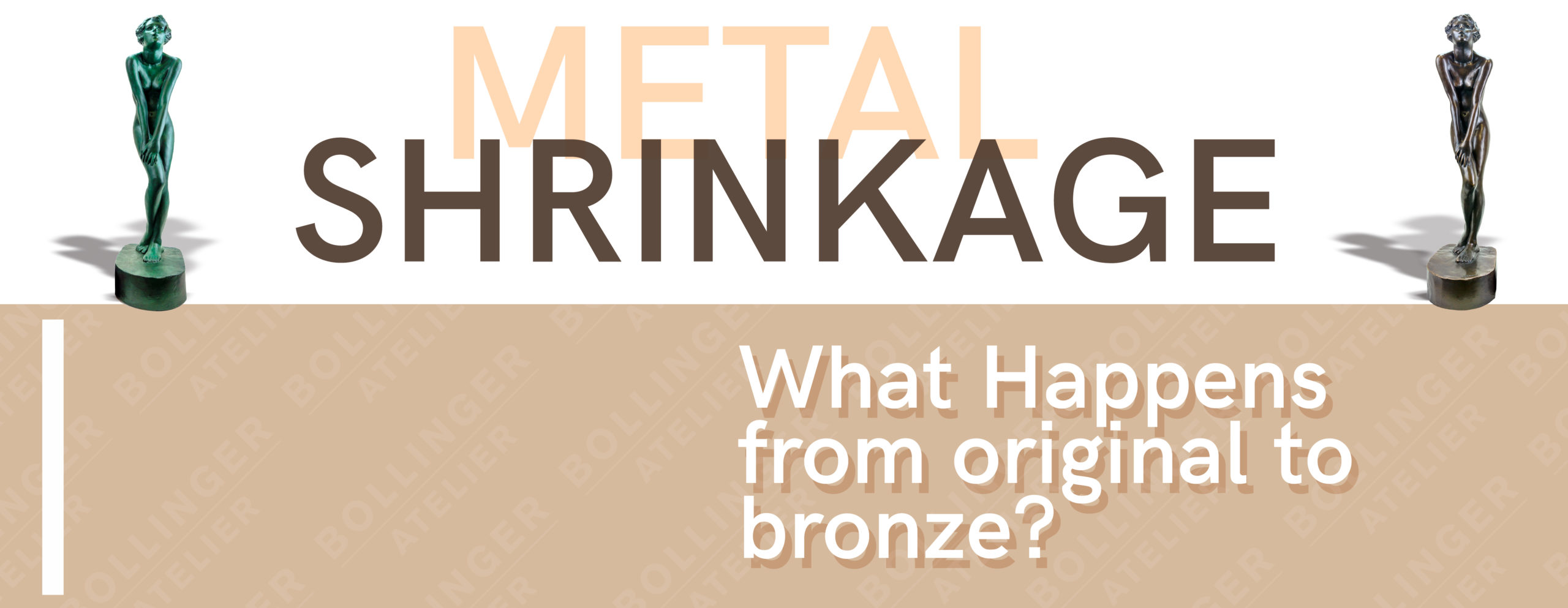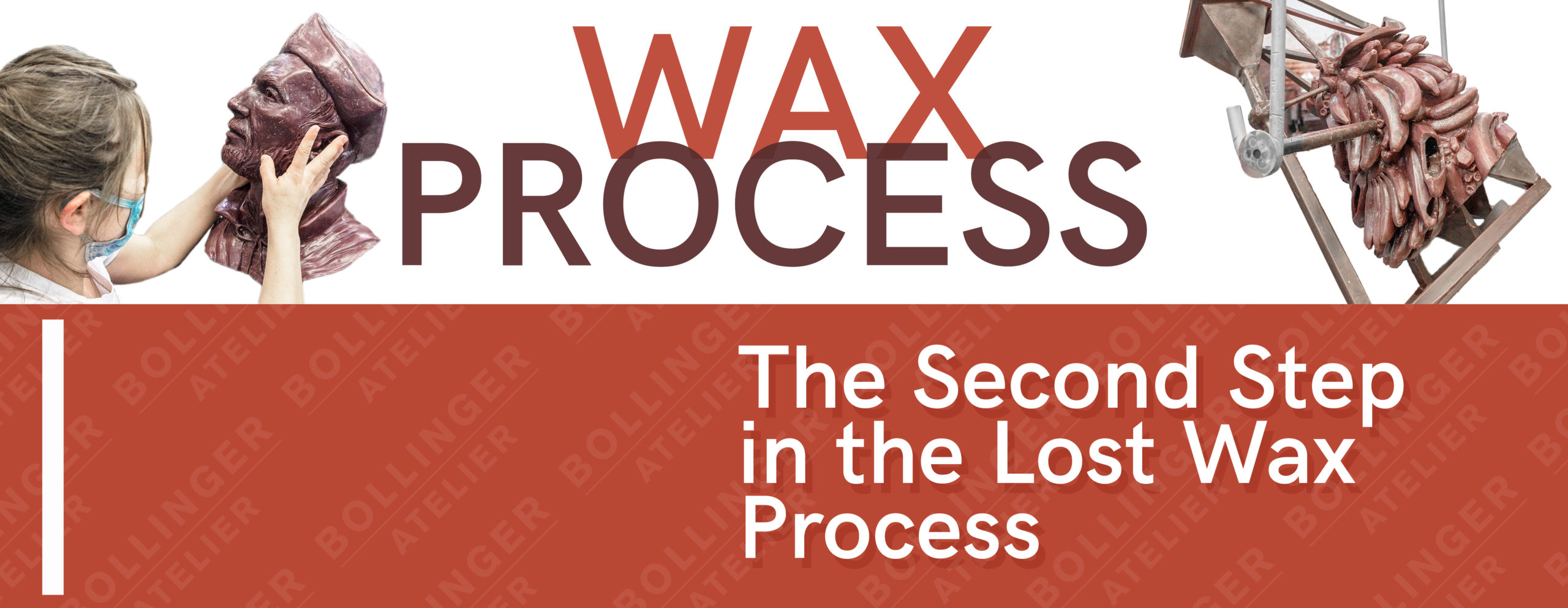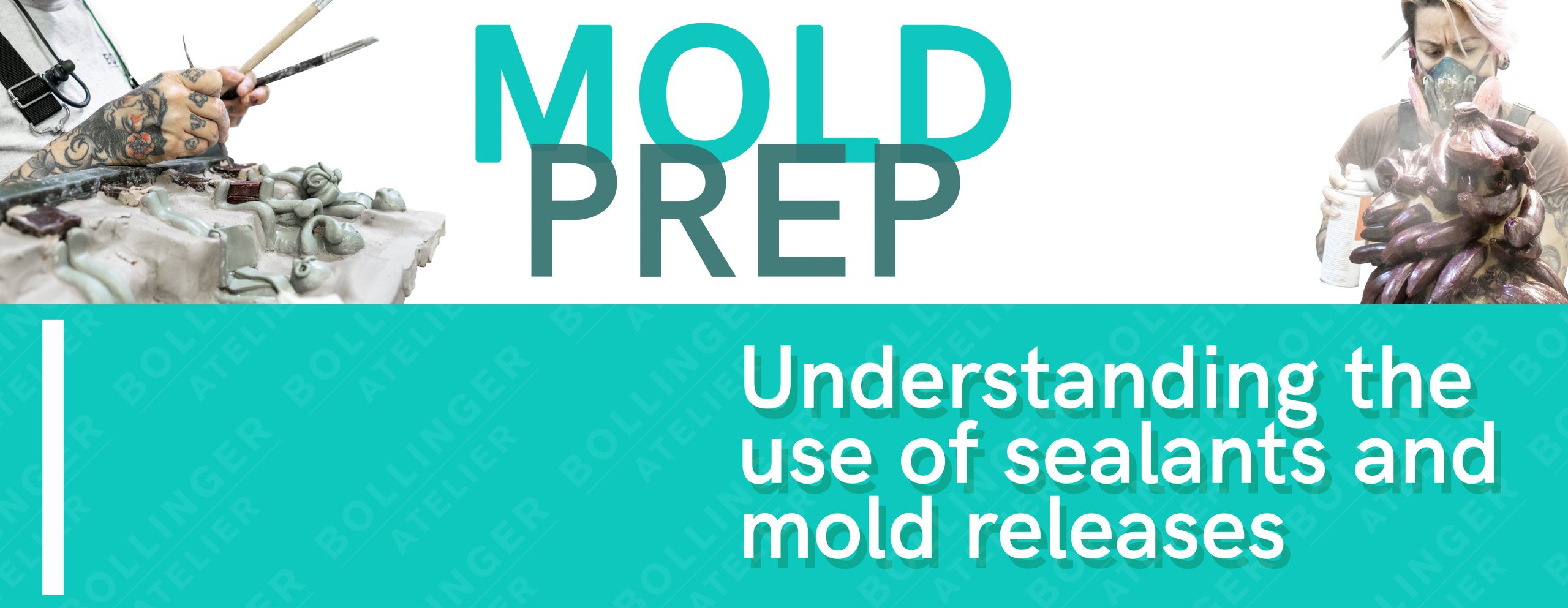Written by Daniel Mariotti
Photos and Graphics by Daniel Mariotti
It’s important for artists to understand that transforming their work into bronze, a sculpture’s size shrinks.
When an original bronze is made, the lost-wax casting process begins with taking a mold. Originals come in many different ways but today are most often done in clay. The inside of the mold will be exactly the same shape as the original. However, wax is the stage that you may start to see a little bit of shrinkage to happen. When creating the wax version of the piece, the wax is at its most expanded state when melted and therefore still exactly the same size as the original, but as it cools, it shrinks and can pull away from the mold. It is also important to note that the temperature of the wax can affect how much shrinkage will occur. After completely cooling to room temperature, it will be a little smaller than the original clay version.

The wax positive then gets molded again in a ceramic shell (sometimes referred as a “waste mold”) that doesn’t expand or contract. The shell process is done in layers determined by the size and shape of each piece. Once complete, it gets put in a kiln where the wax is burned out leaving a hollow shell ready to be filled with bronze.
Similar to wax, molten bronze is at its most expanded state when first poured in the shell. As it cools, it begins to shrink. This will usually cause the shell to crack as it pulls away from the inside. After divesting you can compare the original to the bronze to find that it is a slightly smaller version of the original. This is because of the wax and bronze stages where the materials used, shrunk when cooled.

A general “standard” for how much it may shrink is as follows:
Shrinkage from wax pattern: -1.0% to -1.5%
Shrinkage from metal casting: -1.8% to -2.5%
Expansion from investment during setting: +0.3%
Expansion from investment during heating: +1.0%
Total Difference Range: -1.5% to -2.7%

Conservators will sometimes use this knowledge to date sculptures and determine editions. Often times hired by museums or working in collaboration with other museums, metal shrinkage can identify fraudulent copies or dating an edition due to re-casts. Besides deformation, if a museum has an original, a copy can be compared to see the size of it, letting conservators know how many iterations from the original it is. Recasting a sculpture is very common and usually done from an original known as a first generation recast. This has the permission of either the sculptor or the estate, and usually has a closed edition size. However, if a sculpture gets popular enough, you can see them being re-sculpted from pictures and cast as an edition from the original. This then perpetuates more people taking advantage of the process which then becomes a re-cast of a re-cast of a re-cast and so on. The quality of these are poor no matter the skill of the initial copy sculptor.




